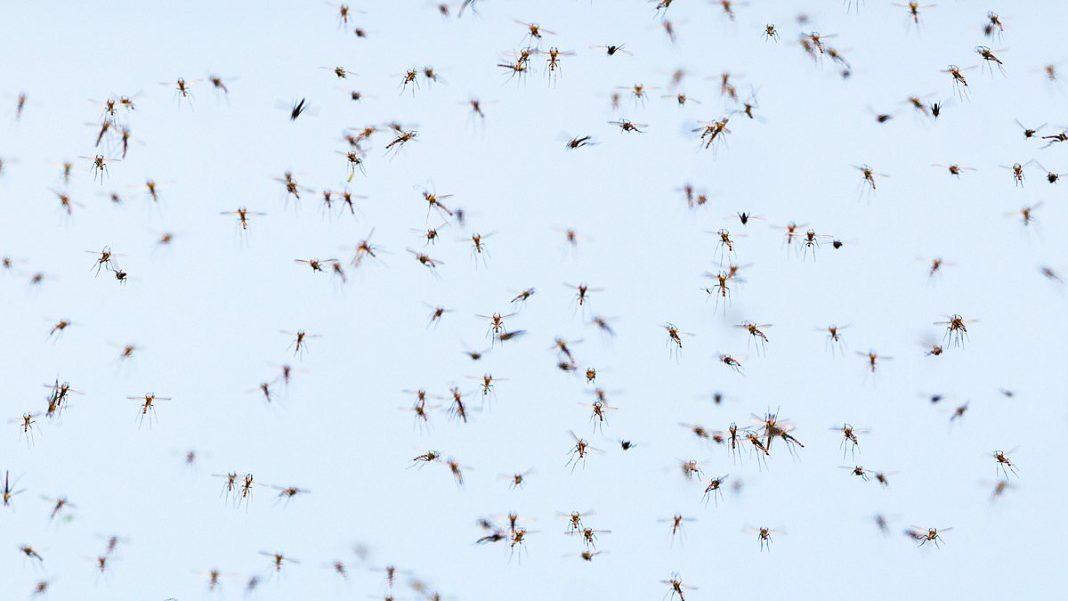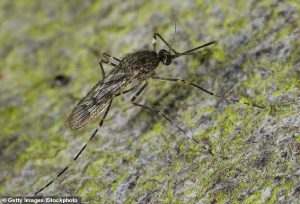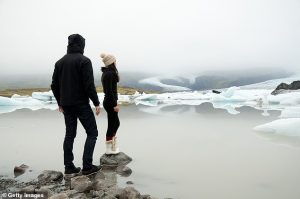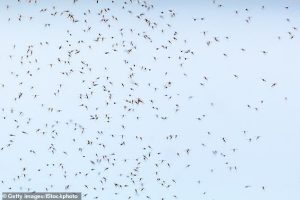Key Takeaways
- Mosquitoes detected for the first time in Iceland, making Antarctica the only mosquito-free continent
- Culiseta annulata species shows remarkable cold tolerance and adaptation to new environments
- Climate change enabling mosquito expansion into previously inhospitable regions
- Potential ecological and health implications despite no current disease outbreaks
In a significant environmental shift, mosquitoes have been discovered in Iceland for the first time, marking a dramatic expansion of one of the world’s deadliest pests into previously safe territories. Scientists confirm this development leaves Antarctica as the only continent without these disease-carrying insects.
First Detection and Identification
The historic first sighting occurred on October 16 when insect enthusiast Björn Hjaltason spotted a “strange fly” in Kjós and posted about it on Facebook. Upon collection, Hjaltason identified it as a female mosquito. The Natural Science Institute of Iceland later confirmed three mosquitoes—two females and one male—were captured using red wine traps originally intended for moths.
Climate Connection and Adaptation
The mosquito arrival coincides with Iceland’s warming trend, driven by southern warm air flows. Higher temperatures accelerate mosquito development, extend their active season, and create ideal breeding conditions through increased precipitation and humidity.
The identified species, Culiseta annulata, has demonstrated extraordinary adaptability by exploiting human-made water sources like buckets, rain barrels, cisterns, and flowerpots in a region where natural stagnant water is scarce. Their life cycles are perfectly timed to complete development during Iceland’s brief summer before colder months return.
Stealthy Behavior and Survival Strategies
These mosquitoes exhibit strategic feeding patterns, primarily active at dawn, dusk, and night to minimize detection while maintaining effective reproduction. Their eggs can survive extended periods in hidden water sources, allowing populations to expand quietly through environmental challenges.
This combination of cold tolerance, reproductive flexibility, and stealthy behavior illustrates how effectively the species is adapting to a previously hostile ecosystem.
Potential Risks and Ecological Impact
Scientists warn that while Iceland has no history of mosquito-borne disease outbreaks, the insects’ presence carries potential health implications. Mosquitoes are known vectors for deadly diseases including malaria, dengue, and chikungunya.
Entomologists caution that the mosquitoes’ ability to thrive in new environments demonstrates potential future health risks if pathogens are introduced. Ecologically, their presence may alter local ecosystems by providing new food sources for predators while competing with native insects for resources.
Arrival Theories and Future Monitoring
The exact method of arrival remains uncertain, though theories suggest they may have traveled aboard ships or hidden inside transported containers. Further spring monitoring will determine if the species can survive Iceland’s winter and become permanently established.
Citizen Science Role
Citizen scientists have played a crucial monitoring role, with Hjaltason’s observation demonstrating how public reporting helps track populations and alert authorities to emerging threats. Apps like iNaturalist, Mosquito Alert, and NASA’s GLOBE Observer enable public contributions to document the insects’ ongoing adaptation and expansion.
Iceland’s mosquito invasion reflects a broader global pattern where warming temperatures enable mosquitoes to colonize regions once considered safe. The species’ ability to exploit new habitats, reproduce efficiently, and survive harsher climates demonstrates their rapid evolution into previously inaccessible territories.







